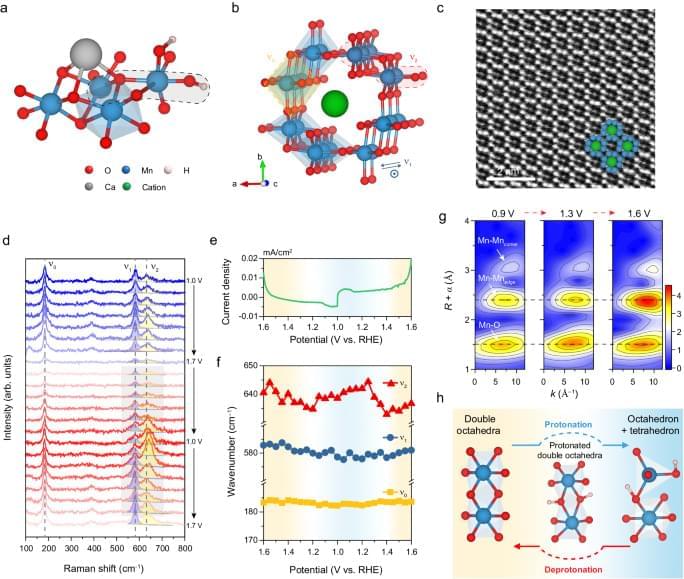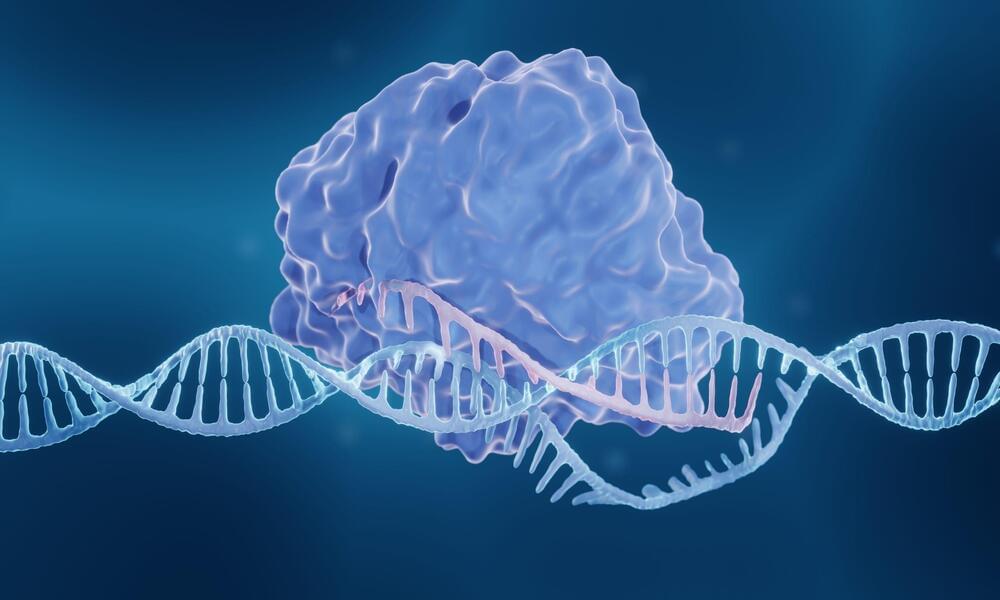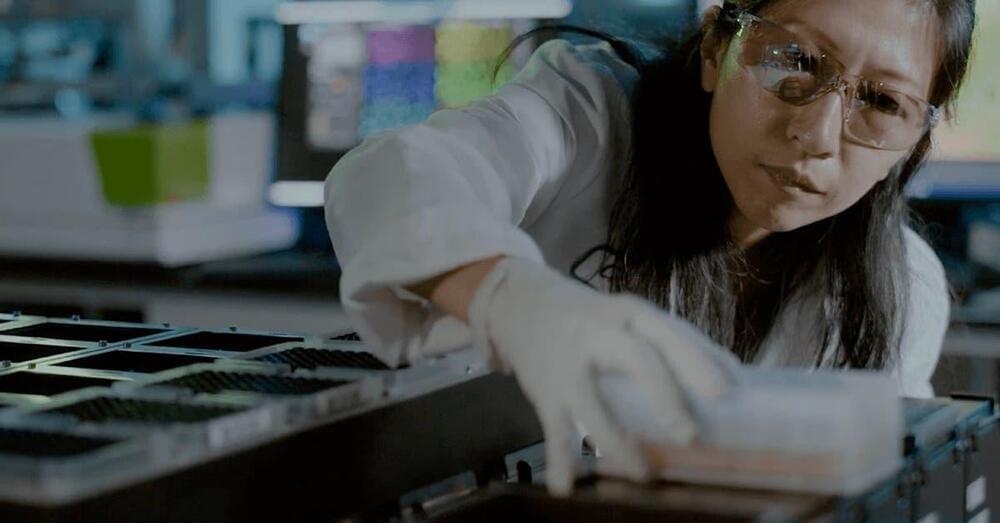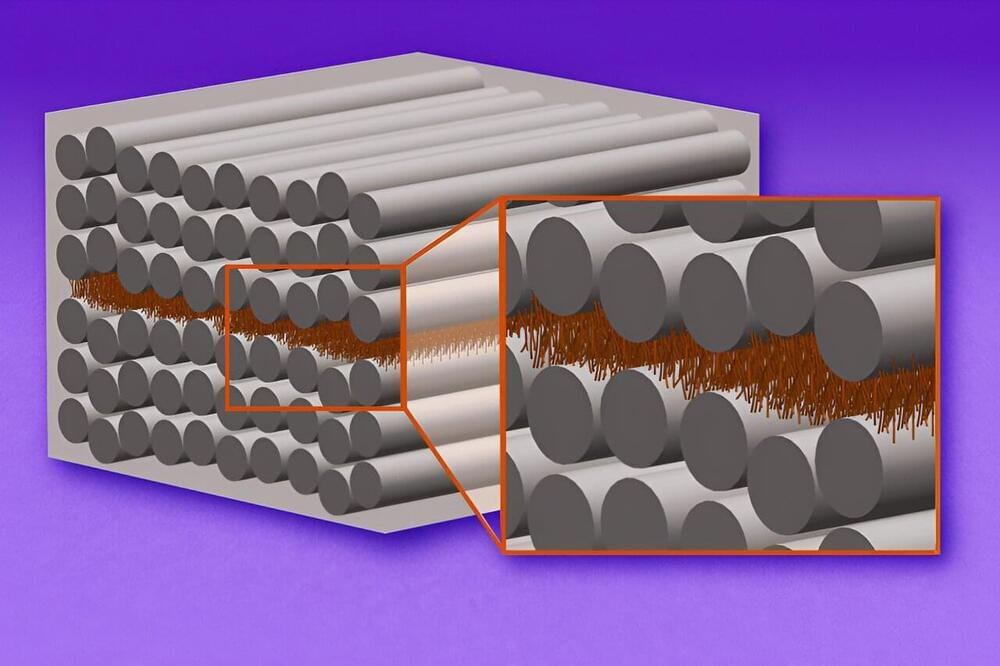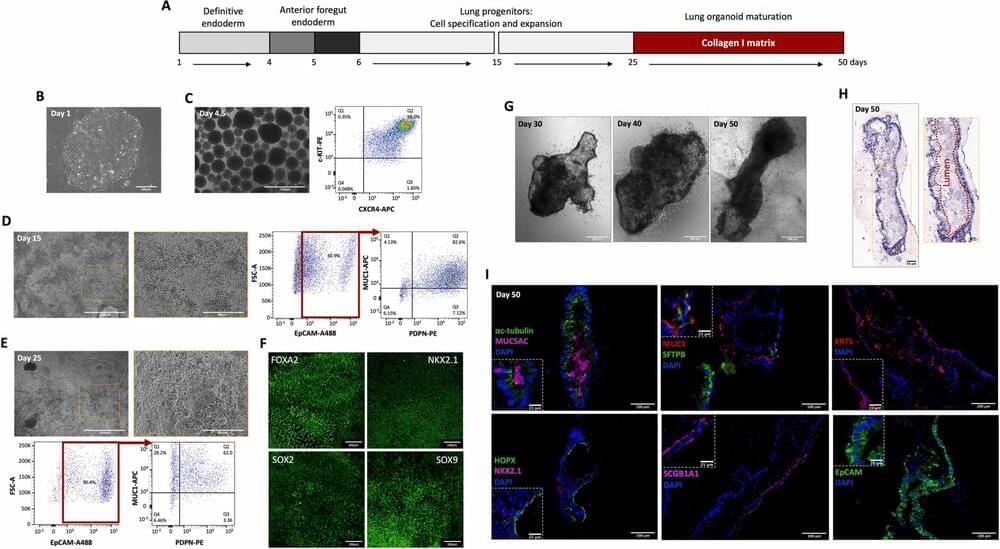New research reveals how cells prevent telomerase from meddling with double-stranded breaks.
Page 928
Apr 22, 2024
Electric-field-assisted proton coupling enhanced oxygen evolution reaction
Posted by Dan Breeden in category: chemistry
Manganese complexes have long been utilized by nature to catalyze the oxygen evolution reaction (OER) but mirroring their efficiency in artificial electrochemical systems has proven difficult. This study centers on alpha-manganese dioxide (α-MnO2), which closely mimics natural MnIV-O-MnIII-HxO motifs, presenting a novel method for manipulating proton coupling within the OER process using an external electric field.
Apr 22, 2024
Researchers discover dynamic DNA structures that regulate the formation of memory
Posted by Dan Breeden in categories: biotech/medical, neuroscience
An international collaborative research team, including scientists from UQ’s Queensland Brain Institute (QBI), has discovered a novel mechanism underlying memory involving rapid changes in a specific DNA structure.
Apr 22, 2024
Queensland Brain Institute
Posted by Dan Breeden in categories: biotech/medical, neuroscience
News stories, articles and whitepapers referencing Queensland Brain Institute on Drug Target Review.
Apr 22, 2024
Optimising CRISPR gene editing of hard-to-transfect cells
Posted by Dan Breeden in categories: bioengineering, biotech/medical
CRISPR has transformed gene editing, but still presents challenges in hard-to-transfect cells, such as pluripotent stem cells and primary cells.1 The key to obtaining successful transfection in these cells lies in innovative workflows. Here Georges Müller, CEO and cofounder of SEED Biosciences, shares his perspective on why focusing on editing a single cell, rather than bulk cells, is a pivotal strategy to optimise CRISPR delivery.
Delivery of ribonucleoprotein (RNP) into cells is an essential factor for successful CRISPR gene editing. However, this is difficult to guarantee using traditional CRISPR gene editing methods, especially in hard-to-transfect cells. The standard CRISPR technique involves gathering a group of cells and then electroporating them, using short high-voltage pulses to overcome the barrier of their cell membranes. This allows bulk transfection of ribonucleoprotein (RNP) into the cells and then hopefully, nuclear translocation.
Apr 22, 2024
The Ins and Outs of Single Cell Gene Editing (Sponsored by Molecular Devices)
Posted by Dan Breeden in categories: bioengineering, biotech/medical

In this special episode, we’re joined by Cytosurge CSO Tobias Beyer, Ph.D., and SEED Biosciences CEO and Co-Founder Georges Muller, Ph.D., for an overview of gene editing with Cytosurge’s FluidFM® in combination with DispenCell™ dispensing technologies.
Tobias and Georges explain the FluidFM® technique and how it differs from traditional CRISPR methods along with the advantages the technology has over other methods of gene editing.
Continue reading “The Ins and Outs of Single Cell Gene Editing (Sponsored by Molecular Devices)” »
We are one of the leading providers of high-performance bioanalytical measurement solutions for life science research, pharmaceutical and biotherapeutic development. Our products enable scientists to improve productivity and efficiency in scientific disco.
Apr 22, 2024
SpaceX’s Upcoming Starship Launch Schedule and FAA Approval Update
Posted by Chris Smedley in categories: security, space travel

SpaceX is preparing for upcoming Starship launches and is working on upgrading launch support infrastructure, but still needs FAA approval for the new launch schedule.
Questions to inspire discussion.
Continue reading “SpaceX’s Upcoming Starship Launch Schedule and FAA Approval Update” »
Apr 22, 2024
‘Nano stitches’ enable lighter and tougher composite materials
Posted by Genevieve Klien in categories: energy, transportation
To save on fuel and reduce aircraft emissions, engineers are looking to build lighter, stronger airplanes out of advanced composites. These engineered materials are made from high-performance fibers that are embedded in polymer sheets. The sheets can be stacked and pressed into one multilayered material and made into extremely lightweight and durable structures.
Apr 22, 2024
Scientists grow human mini-lungs as animal alternative for nanomaterial safety testing
Posted by Genevieve Klien in category: nanotechnology
Human mini-lungs grown by University of Manchester scientists can mimic the response of animals when exposed to certain nanomaterials. The study is published in Nano Today.

